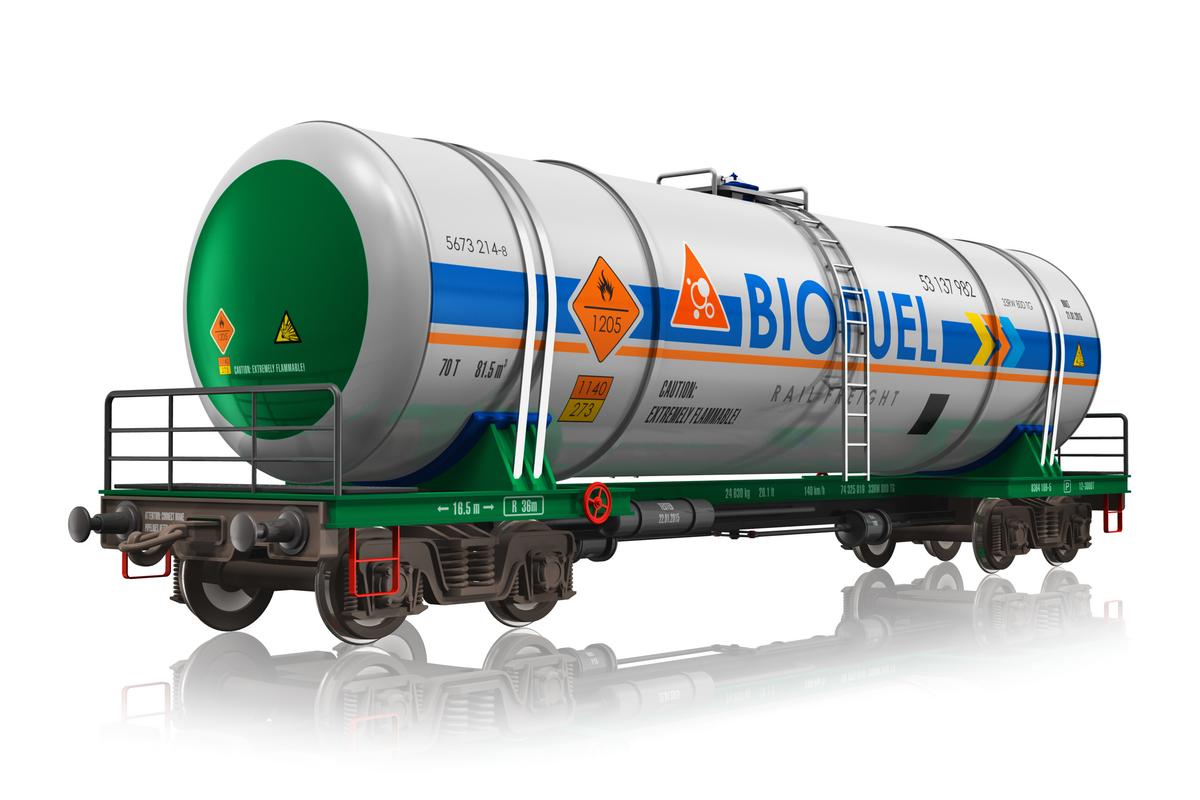Intermodal transport generally refers to the movement of goods using multiple modes of transportation, such as rail and truck. On the other hand, multimodal transport encompasses all aspects of the transportation process, from door-to-door service to the coordination of different modes of transport. In both cases, the goal is to optimize the efficiency and cost of transportation.
Cost
Intermodal transport is generally seen as more cost-effective than multimodal transport. Each mode of transportation is only used when it makes the most sense, rather than for the entire journey. For example, goods might be shipped by rail to a port and then transferred to a truck for the trip’s final leg.
Efficiency
Inefficient coordination between different modes of transport can lead to delays and higher costs. Multimodal transport considers all aspects of the transportation process to optimize efficiency from beginning to end.
Flexibility
Intermodal transport offers greater flexibility than multimodal transport. For example, should there be a problem with one mode of transport, like a strike by truckers, they can transfer the goods to another mode, like rail.
Capacity
Multimodal transport is often used when large volumes of goods need to be transported over long distances. Multimodal transport companies can put controls in place to ensure that the entire journey is completed using a single mode of transport, such as a train.
Speed
Intermodal transport is generally slower than multimodal transport. Each mode of transportation has its speed limitations, and the transfer between modes can add to the overall travel time.
Tracking
Intermodal transport can be more challenging to track than multimodal transport. There are multiple transfer points, and each mode of transport has its tracking system. Multimodal transport companies encompass all aspects of the shipping process.
Safety
Multimodal transport is generally seen as safer than intermodal transport. All aspects of the transportation process are taken into account, from beginning to end. It includes the safety of the goods, the vehicles, and the drivers.
Security
Intermodal transport is generally more secure than multimodal transport. Each mode of transportation has its security procedures, and the transfer between modes can add to the overall security of the journey.
Environment
Multimodal transport is often seen as more environmentally friendly than intermodal transport. It can use different modes of transport for the duration of the journey, each with its environmental impact.
Sustainability
Multimodal transport is often seen as more sustainable than intermodal transport. All aspects of the transportation process are taken into account, from beginning to end. It includes the environmental impact of the journey, the use of resources, and the emissions produced.
Which mode is better for air shipping?
Intermodal transport is the better choice for air shipping. It is more efficient and cost-effective and offers greater flexibility and tracking. Multimodal transport is not as well suited for air shipping because it is slower and can be more challenging to track.
What are the risks of using intermodal transport for air shipping?
Delays
Delays can occur when goods are transferred between modes of transport, leading to higher costs and lost revenue. For example, if no truck is available to transport them to the airport, it may hold up the goods at the port.
Damaged Goods
Damaged goods can occur when goods are transferred between modes of transport. It can lead to lost revenue and increased costs. For example, goods may be damaged in transit if they are not correctly packed or exposed to the elements.
Lost Goods
Lost goods can occur when goods are transferred between modes of transport. It can lead to lost revenue and increased costs. For example, goods may go missing during the transfer process or be delivered to the wrong destination.
Strikes
Strikes by workers in the transportation industry can cause delays and disruptions to the flow of goods. It can lead to higher costs and lost revenue. For example, truckers’ strikes can shut down transport routes and disrupt the supply chain.
Bad Weather
Bad weather can cause delays and disruptions to the flow of goods. It can lead to higher costs and lost revenue. For example, severe weather conditions can prevent goods from being transported or cause damage to goods in transit.
Thanks for reading this article. If you're new here, why don't you subscribe for regular updates via RSS feed or via email. You can also subscribe by following @techsling on Twitter or becoming our fan on Facebook. Thanks for visiting!





















































































































































































